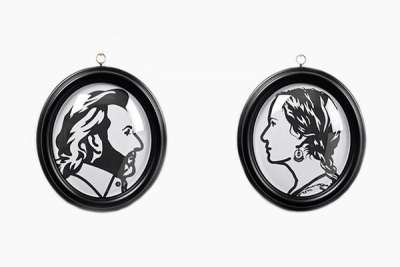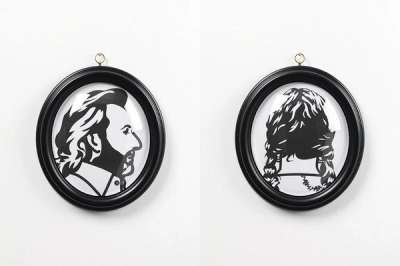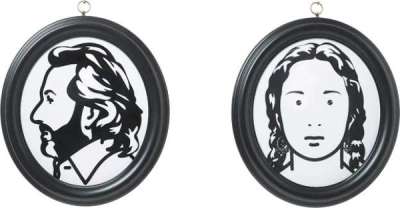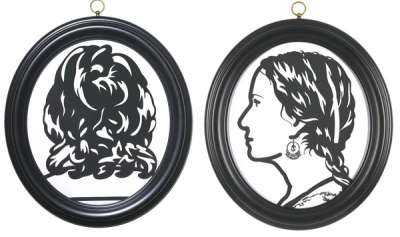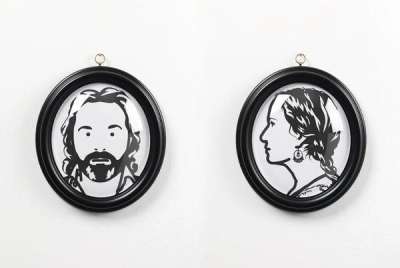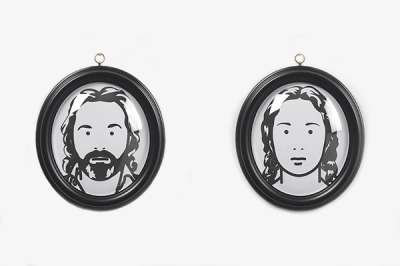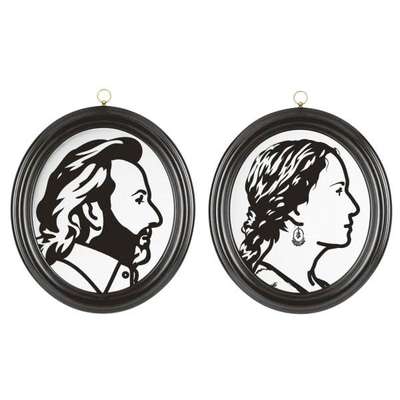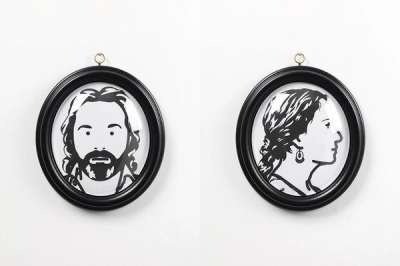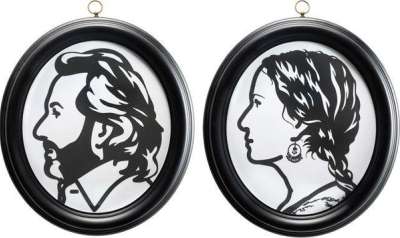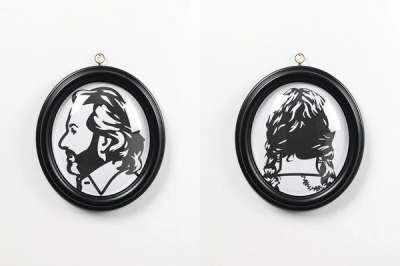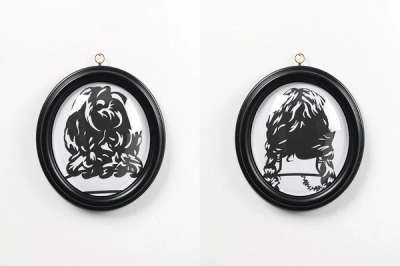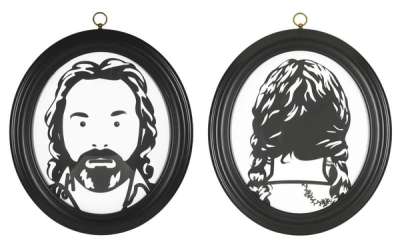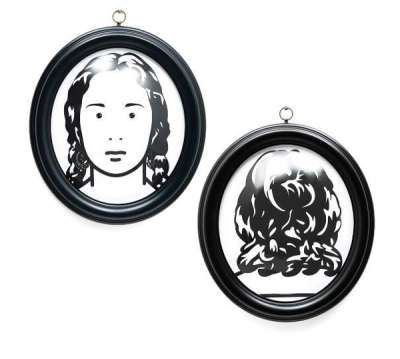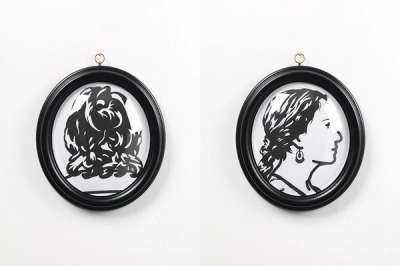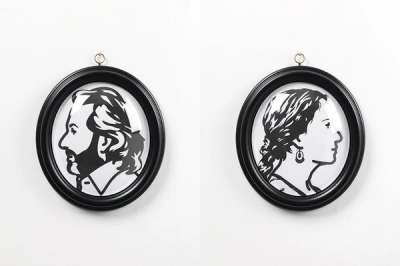
Luc And Ludivine Get Married. (pair 01)
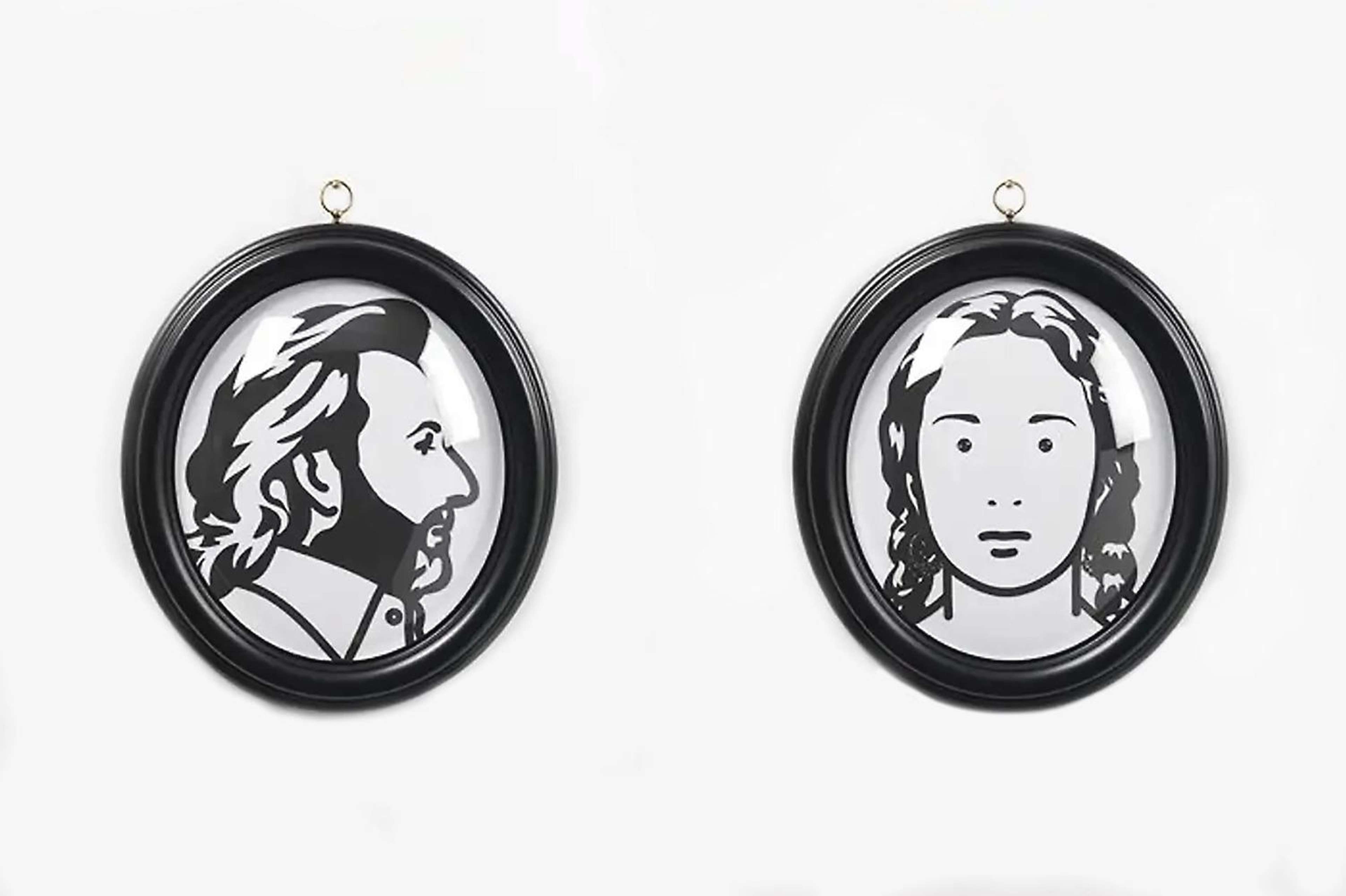
Luc And Ludivine Get Married. (pair 01)
Signed Print
Julian Opie
Price data unavailable
AAGR (5 years) This estimate blends recent public auction records with our own private sale data and network demand.
There aren't enough data points on this work for a comprehensive result. Please speak to a specialist by making an enquiry.
Medium: Digital Print
Edition size: 10
Year: 2007
Size: H 40cm x W 49cm
Signed: Yes
Format: Signed Print
Track this artwork in realtime
Watch artwork, manage valuations, track your portfolio and return against your collection
Track auction value trend
Auction Results
| Auction Date | Auction House | Location | Hammer Price | Return to Seller | Buyer Paid |
|---|---|---|---|---|---|
| May 2013 | Dorotheum, Vienna | Austria | |||
| April 2012 | Sotheby's New York | United States |
Meaning & Analysis
Luc And Ludivine Get Married (pair 01) shows two portraits of a man and woman, each with elliptical frames and blown domed glazing. The images are produced from cut black and white paper laminated together and resemble Victorian silhouette portraits.
Opie shows the portrait of the male figure in profile, turned to the right and facing the female figure who is depicted facing outwards towards the viewer. Typical of many of Opie’s portraits, Luc And Ludivine Married (pair 01) is rendered with the absolute minimum by which a person can be represented. Reduced to black and white bold lines, the images show the figures with dots for eyes and simple lines for their mouth.
The works in Opie’s Luc And Ludivine Get Married series show each figure in one of four poses, rendering them in different combinations of the poses thus making each composition unique across the series. This series is indicative of Opie’s desire to work with one idea across a number of different compositions, producing many versions of the same subject. Luc And Ludivine Get Married (pair 01) is a work that explores the act of looking and representation itself.
Julian Opie, born in 1958, dances through the contemporary art scene with a distinctive digital allure. A trailblazer of the 1980s New British Sculpture movement, Opie's work is a highly stylised blend of Pop Art and minimalism which navigates the intersection of technology and visual expression. From his early experiments with computer-generated art to his iconic portraits and animated installations, Opie's work exudes a captivating simplicity. His signature style, marked by bold lines and reduced forms, is internationally recognisable and has made him a key player in British contemporary art.
